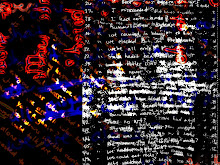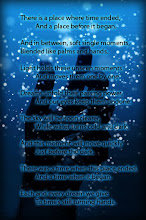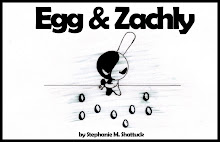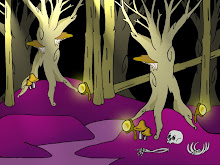Laurence Lessig wrote a book titled Free Culture. Here are my selective thoughts…
Chapter Eleven: Chimera grabbed my attention right from the start. It actually wasn’t the content, but rather the title. A chimera in reality is a person with two sets of DNA. “Chimera” was also a term used to describe the half-human alchemy creation in the Japanese Anime series Full-Metal Alchemist (which I love dearly). In the series, the chimeras were miserable, since they were no longer fully human or fully “free”. Often, they would be put out of their misery through death. Lessig incorporates chimeras in his book by saying that the struggle between copyright and culture functions much to the same degree. He claims that both halves are neither right nor wrong, but in fact they are both right and at the same time both wrong. He suggests that instead of fighting for dominance, each side should impart rules that can govern the whole successfully. If not, one half will eventually give way (die), and the other half will soon follow suit since they are not separate but one “entity” or chimera.
Chimeras, contrary to their role in Full-Metal, do not have to be limited and unproductive. Earlier in history, when copyright and culture had a “working” relationship, chimeras were born in a timeless way. Walt Disney merged tales from the past with his own creativity to form such movie classics as Beauty and the Beast, The Little Mermaid, and Aladdin. If creativity is not allowed to build upon itself, at most, won’t it simply run in circles?
Before I read Lessig’s book, I was convinced that “free beer” was the way to go (basically, all digital media found on the web should be free to anyone who can find it). However, let’s say that the argument was over America’s way and the U.N.’s way instead of copyright’s way and culture’s way. I honestly, don’t want either to become dominant. The idea of partial power given to more than one brandishes cooperation as opposed to dominance. While decisions made for the common good will always come with a struggle, at least they will come. I agree with Lessig.
Media, in my mind, is this generation's history book. We use to write our pages freely, is this still true? If so, how long will it stay? There are only two sides to a coin, but what person in their right mind let's their future rest in a flip? Don't eat what is fed to you; feed yourself. Consider what is important, and stand up for it.
As so many great "inspirers" really meant to say, and as Russell Peters so blatantly put it, "Be a man - do the right thing."



